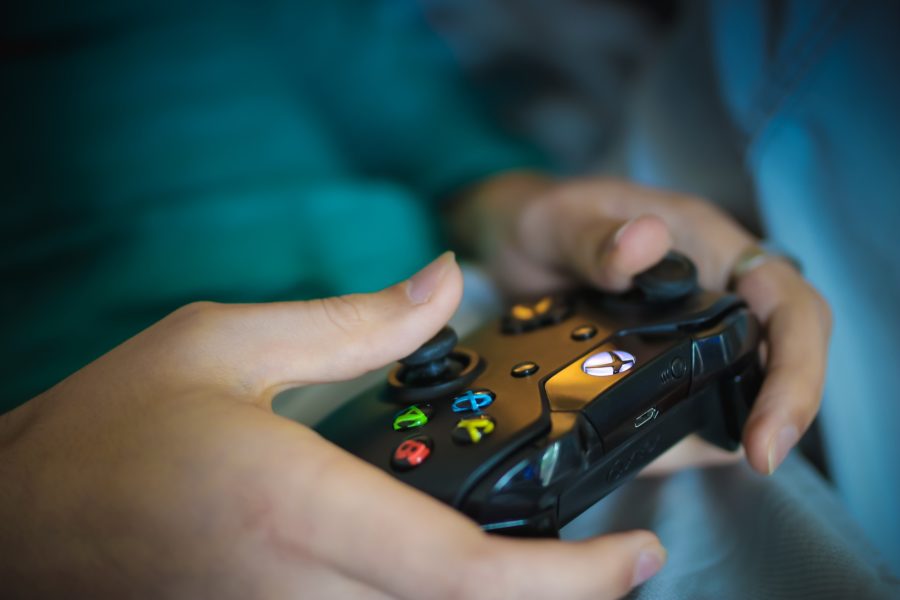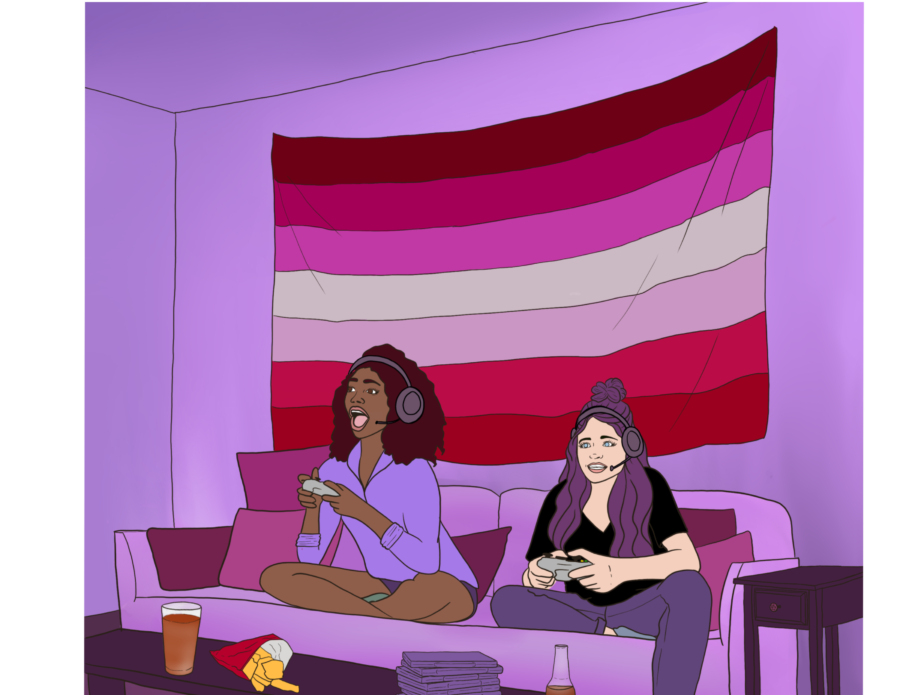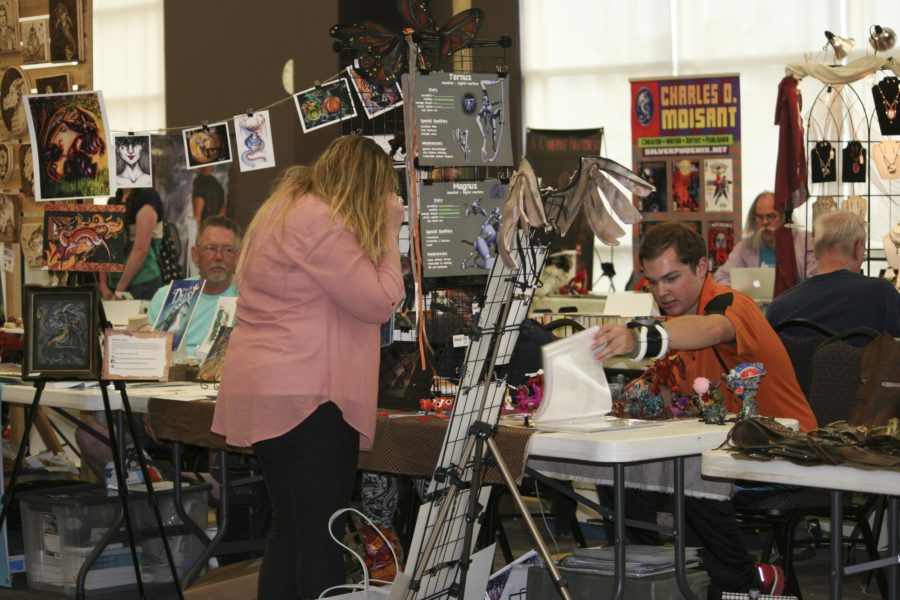
The explosion makes you jump internally, but with a flick of your thumbs on the joysticks, the avatar on the screen leaps to the left with superhuman speed. Within minutes, the battle is over, and you turn off the video game console with a sigh. Does it truly matter whether or not the character in the game was male or female?
Communication Instructor Robin Haislett believes it does. With her master’s thesis focusing on “Feminism in Final Fantasy 7,” it’s a subject that she has devoted hours of research to.
Nearly 47 percent of gamers are women, she points out, and, “in mainstream video game industries … 14 percent of employees are women, and often they’re not in developer roles.”
Over the years, video games have portrayed women in various ways. Sometimes they are characters whose only purpose is to give the hero a “damsel in distress” to rescue, like Princess Peach from the Mario franchise or Zelda, from the franchise of the same name. In other less innocent games, such as “Grand Theft Auto,” women are treated as sexual objects and often victims of violence.
Throughout the past decade, the video game industry has taken strides to give equality to women both in video games and in the gamer community. However, many games are set to be released in the next few years that are, according to Haislett, “Proving that women can star in their own games” and are no longer relying on “the idea of ‘please protect me’ for their female characters.”
One great example of this progression in gaming and the industry’s portrayal of women is the “Tomb Raider” franchise, which was rebooted in 2013, and gamers have seen a significant change in the treatment of the protagonist, Laura Croft.
Originally, Laura Croft epitomized the objectification of women in video games. Croft was dressed in skimpy clothing, usually a tank top and short-shorts. She had the stereotypical body shape of many women in video games—the over-emphasized hourglass figure with substantial breasts and hips. In the 2013 game, however, Laura is portrayed in much more practical clothing, with a body type much closer to that of many real-life women.
Two other major companies, Ubisoft and Bioware, are also making strides to change the image of women in their games.
For example, in Ubisoft’s “Assassin’s Creed” series, there is only one game where the protagonist is a woman, which is noticeably less developed and popular. The majority of what players are allowed to do in the game is determined by what the character is wearing and how other people in the game perceive the female players.
Even with the new game, “Assassin’s Creed Syndicate,” which was released Oct. 23, only around 30 percent of the plotline is playable by the female character over the course of the game
Bioware, on the other hand, has made it so the two main franchises, “Dragon Age” and “Mass Effect,” allow the player to choose between a female or male protagonist, which impacts how the story develops. The secondary characters respond to the players’ character based on their choices and personality, rather than their gender.
Feminism in gaming isn’t only an issue in the treatment of the female characters. Another hotly discussed issue among the gaming community is the treatment of female gamers.
Oftentimes female gamers choose to make their gamer-tags unidentifiable as female or turn off their mics while playing to hide the fact that they aren’t male.
Haislett says it’s for good reason.
“There’s a lot of anxiety caused because you’re not just playing and having fun,” she said. “You’re representing all females … you have to prove your worth.”
If the new “Tomb Raider” games are any indication, the treatment of women in video games has come a long way. However, there’s still more be done to create gender equality in the gaming universe.















Alex • Oct 30, 2015 at 10:10 am
Talking about feminism and gender equality, putting an image of a pink joystick… The irony.
Bob bobby • Oct 28, 2015 at 8:46 pm
It’s Lara Croft not “Laura”